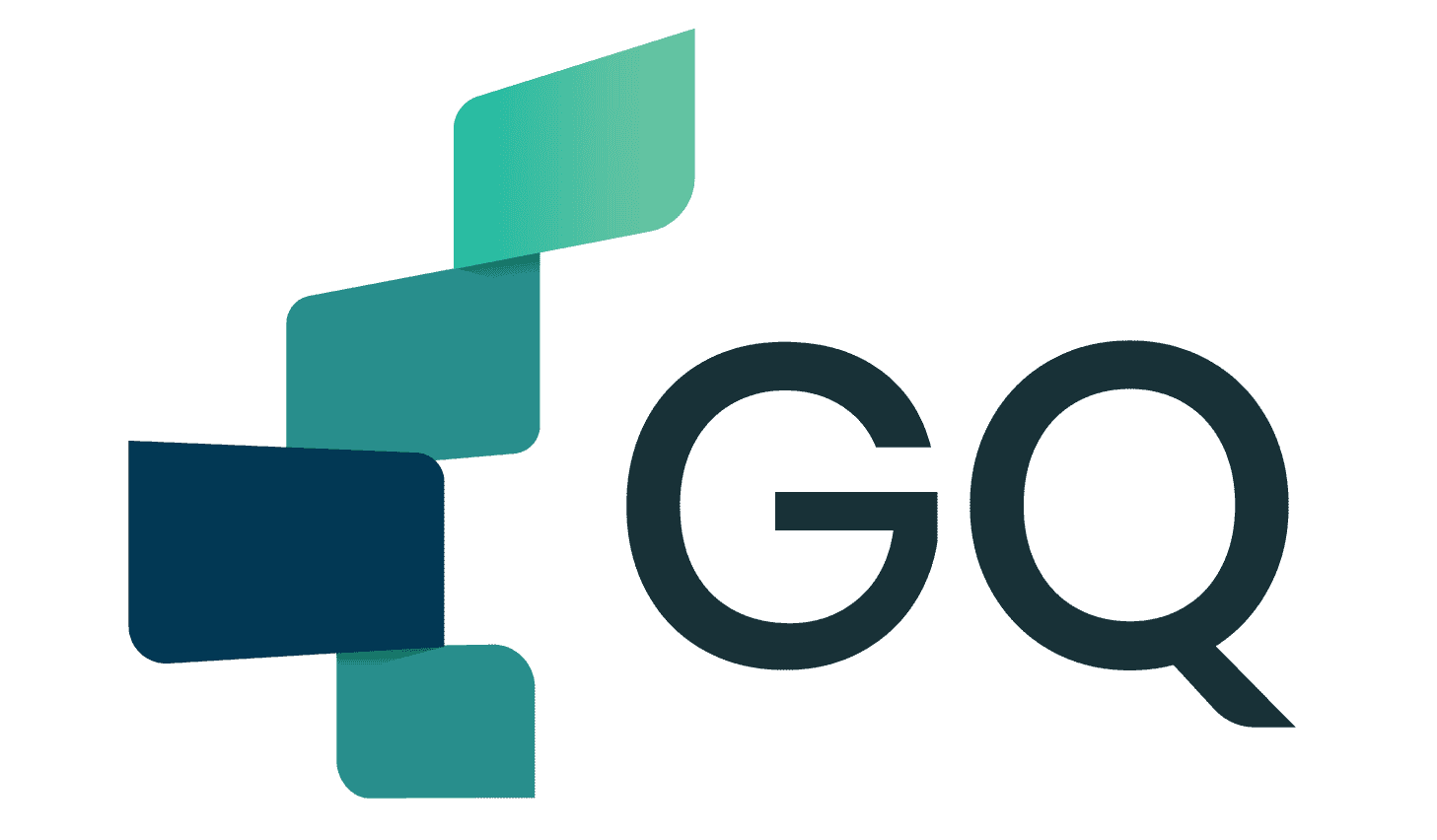
- Define What You Want to Improve
- Establish Sub-Goals to Achieve Your Objective
- Communicate the Plan
- Develop a System to Collect Information
- Analyze Results
- Repeat the Process as Needed
What Is Hoshin Planning?
What exactly is Hoshin, Hoshin Kanri and a Hoshin plan? Generally translated from Japanese, the meaning of the word hoshin is “setting a direction or setting an objective.” Kanri means “management.” Together the meaning is “the management of objectives”.
Hoshin planning creates a process whereby everyone in the organization knows the overall direction. It was created to establish a systematic process for aligning goals at all levels of the organization with strategic vision, so that the organization’s strategy can be achieved.
The process of hoshin planning follows Deming’s Plan-Do Check-Act cycle. In fact, PDCA is an that tool what was used to develop Hoshin Kanri.
Step 1: (Plan) Define What You Want to Improve
This step is the most often a key strategic objective which needs a significant improvement in how things are done. Hoshin Kanri is typically associated with planning and change at the organizational or strategic level, but it can also be applied in a team or department to bring about important changes.
Step 2: (Plan) Establish Sub Goals to Achieve Your Objective
For establishing of sub-goals can be used these questions as the basis for process review.
- What organizational (or team/functional/departmental) goals for the year are need to achieve this objective?
- What checkpoints are necessary to keep the goals on track?
- What controls can you put in place to ensure that the goals are successfully reached?
- How will you measure progress and evaluate success?
Step 3: (Do) Communicate the Plan
- Communicate the plan throughout the organization and management.
- Ensure that all levels of the company (from operator to management) understand the vision and goals.
- Have each department and team set its own goals to link directly to the objective and the sub-goals you have established.
- Make sure that managers in these departments and teams manage their people so that everybody knows their part in the plan.
- Identify clear responsibility for each point in the implementation plan.
- Make sure that agreement is on all items within the plan with all of reports.
Download our e-book
Download our free e-book to discover how GQ Interim can transform your business with expert leadership solutions!
Step 4: (Check) Develop a System to Collect Information on Your Control Parameters, and Then use it to Manage Change
Are key metrics and indicators being met? If not, why? Make a clear review table where will be shown the:
- Goal
- Goal owner(s)
- Time frame
- Performance metrics
- Targets
- Actual results
Then use this document to monitor the improvement process an ongoing basis as a living document.
Step 5: (Act) Analyze Results, and Take Corrective Action Where Needed
If there are any differences between expected and actual results, identify the sources of those differences. Discuss these, organize corrective action, and implement this action.
- What is going right?
- What is going wrong?
- Do the plans meet the realities of your business and the problems you face?
- Are measures appropriate?
- What can be done better, or differently, to reach your destination?
This step ensures a visibility of continuous improvement.
Step 6: Repeat the Process as Needed
This process can be cycled over and over to maximize the quality of your efforts. It can also be used within your various business units, functions, and teams to ensure that their specific strategies have the same goal alignment and commitment to continuous improvement.
Conclusion
Hoshin Planning is a powerful tool for turning strategic vision into coordinated action across all levels of an organization. By following a structured, iterative process based on the PDCA cycle, teams can set clear objectives, align sub-goals, monitor progress, and continuously adapt to real-world challenges. It not only drives focus and accountability but also creates a culture of transparency and improvement. When implemented effectively, Hoshin Kanri ensures that everyone—from leadership to the front line—is working toward the same goals, increasing the likelihood of long-term success and sustainable growth.
Interested in Interim Expert?
Discover how interim management can dramatically increase the efficiency of your business. Get in touch with our team to learn how working with GQ Interim will improve your company.
- Get started within few days
- Database of 10 000+ consultants
- Solving crucial problems of your business
- Custom solutions for your business needs
- Proven results with measurable impact
Related articles

- A balanced scorecard example demonstrates how organizations can measure more than just financial performance. Developed by Robert Kaplan and David Norton, the balanced scorecard tracks goals across finance, customers, internal processes, and learning & growth. By aligning these perspectives, it ensures that daily operations support long-term strategy and sustainable growth.

- The Theory of Constraints (TOC) is a structured approach to improving organizational performance by focusing on the single most limiting factor—the constraint. Whether it’s a production bottleneck, market demand, or a sales conversion gap, TOC answers three core questions—what to change, to what to change, and how to cause the change—and drives continuous improvement through five disciplined steps: identify, exploit, subordinate, elevate, and repeat.

- Software quality assurance ensures that software consistently meets stakeholder needs by preventing defects and validating that products align with defined quality attributes (e.g., reliability, security, performance). Blending defect management practices with standards-based quality models like ISO/IEC 25010 helps teams plan, measure, and continuously improve quality throughout the lifecycle.

- During our jobs we meet very often with many symbols and shortcuts or abbreviations e.g. FMEA, PPAP, CC, SC etc. When I did my first internal audit at work I had to also check the implementation of CE marking. Previously I have done the research what is this CE marking to not be absolutely lost in this area. So what is it and how is itused?
